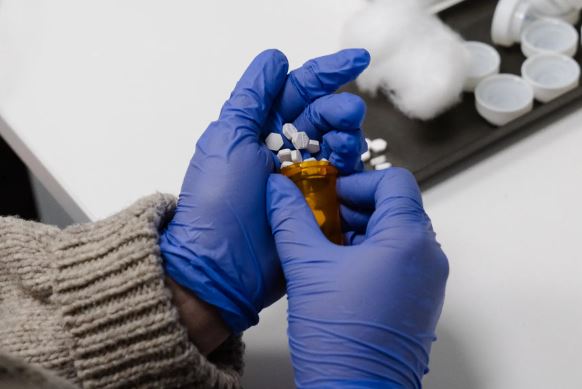As the nation awaits oral arguments in a pivotal Supreme Court case with far-reaching implications for abortion access, new research underscores the growing prevalence of medication abortion and the diverse avenues through which women have sought this method since the overturning of Roe v. Wade in June 2022.
Published in the esteemed medical journal JAMA on Monday, a study sheds light on the significant increase in abortions using pills obtained outside the traditional healthcare system following the national right to abortion’s overturning. Concurrently, a report released by the Guttmacher Institute last week underscores the rising prominence of medication abortions, now constituting nearly two-thirds of all abortions provided by formal healthcare channels in the United States.
The JAMA study analyzed data from various sources, including overseas telemedicine organizations, online vendors, and community volunteer networks facilitating access to abortion pills sourced internationally. Before the overturning of Roe, these avenues collectively served approximately 1,400 women monthly. However, in the six months following the landmark ruling, this figure surged to an average of 5,900 per month, indicating a notable shift in care-seeking behavior.
Dr. Abigail Aiken, the lead author of the JAMA study and an associate professor at the University of Texas at Austin, remarked on the pattern observed globally, wherein individuals turn to alternative healthcare settings in response to restrictive abortion laws. The study’s co-authors included a statistics professor, the founder of Aid Access, a European organization specializing in telemedicine abortion, and a leader of Plan C, an organization offering information on medication abortion.
Telemedicine organizations evaluated patients through written medical questionnaires, prescribed medication by doctors typically located in Europe, and shipped pills from pharmacies in India. Community networks, on the other hand, collected pregnancy information and distributed pills with detailed instructions, often free of charge. Online vendors, though constituting a smaller portion, offered pills at varying prices without requiring extensive medical history.
Meanwhile, the Guttmacher report focused on formal healthcare channels within the United States, encompassing clinics and telemedicine abortion services. Notably, it revealed that pills accounted for 63 percent of all abortions in 2023, up from 53 percent in 2020, marking a substantial increase. The report also recorded over a million abortions for the first time in over a decade.
The findings underscore the rapid adaptation of abortion provision in response to post-Roe legal restrictions across states. Notably, recent legislative developments, such as shield laws in six states allowing abortion providers to prescribe and mail pills, have facilitated access for women in states with bans, without necessitating travel.
Against this backdrop, the impending Supreme Court case revolves around a challenge to the Food and Drug Administration (FDA) seeking to restrict access to mifepristone, the first pill in the medication abortion regimen. Dr. Aiken emphasized the uncertainty surrounding the potential outcomes of the case, noting the possibility of heightened demand for alternative avenues outside the formal healthcare system if restrictions are imposed.
As the nation grapples with the future of abortion access, the latest research underscores the dynamic landscape of reproductive healthcare and the myriad challenges and opportunities shaping the trajectory of abortion provision in the United States.

